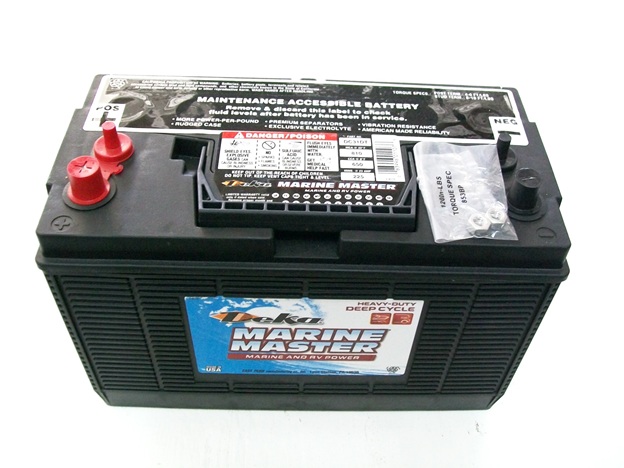If you have owned a flooded or traditional deep cycle battery for a while now, chances are, it has started to perform poorer than it did before. But don’t worry, in most cases, traditional batteries can be revived by a simple trick.
Flooded batteries have a liquid electrolyte and when the electrolyte loses its strength, just replacing it with a new electrolytic solution can fix the issue with the reactivity and prolong battery life.
Deep cycle batteries work as a result of certain chemical reactions. After being in use for a while, the substances start getting neutralized and lose their reactivity. As a result, the performance starts to deteriorate. The problem can be easily fixed by replenishing the reactants in the cells.
In some cases, filling distilled water does the trick, but if you need better results, using reactive substances meant for batteries can aid the process much better.
Contents
Materials Needed
- Safety gear(gloves and glasses)
- Voltmeter
- Distilled Water
- Battery Charger
- Electrolytic Salts(Epsom/Copper Sulphate/Aluminium Sulphate)
- Baking Soda/Sandpaper(optional)
Let’s Get To Work
Once you’re ready with the materials, just follow these steps.
Step 1: Safety first
Put on your safety gear. The contents inside the battery are acidic and can be harmful.
Step 2: Getting started
Now that you’re all geared up, take the battery out of the compartment.
Step 3: Cleaning up
If the terminals are corroded, brush the terminals with a baking soda paste. You could also use a sandpaper to brush off the terminals in case there is excessive corrosion.
Step 4: Checking the voltage
This is an important step. Get your voltmeter and check the voltage across the battery terminals. The ideal voltage is 12v, considering a battery with only a little charge left but anything above 10v should work. You can proceed to the next step. If the voltmeter reads a value less than 10v, chances are, it is irretrievable and you should just get a new battery.
Step 5: Emptying the battery
The average car battery is divided into compartments called cells with electrodes in each. We need to replace the liquid in these cells and refill them with a new solution. Start by removing the battery caps. There can be two to six compartments depending on the battery manufacturer and the model. Carefully pour out the acidic solution in a plastic bucket. You can neutralize it with some baking soda.
Caution: The solution is acidic and can be harmful. Make sure you don’t spill anything. If it accidentally touches your skin, rinse thoroughly with water.
Step 6: Refilling
Once your cells are empty, refill it with distilled water. DO NOT use tap water as the minerals can harm the battery. You can also add electrolytic salts to increase the performance. Generally, Epsom salt is used but you can also use Copper or Aluminium Sulphates to achieve the same result.
Step 7: Recharging
We’re almost done with the process. The last step is to slowly recharge your battery over a period of 24 to 48 hours. Keep the battery caps open as the electrolyte may overflow during this initial charging stage. Check our battery every couple hours or so to make sure there’s no unusual activity.
And that’s it! Check the voltage once again and you should have a reading anywhere between 12.4V to 11.6V depending on the condition of your battery. Plug your battery back in and go on that long drive you’ve been waiting for!




